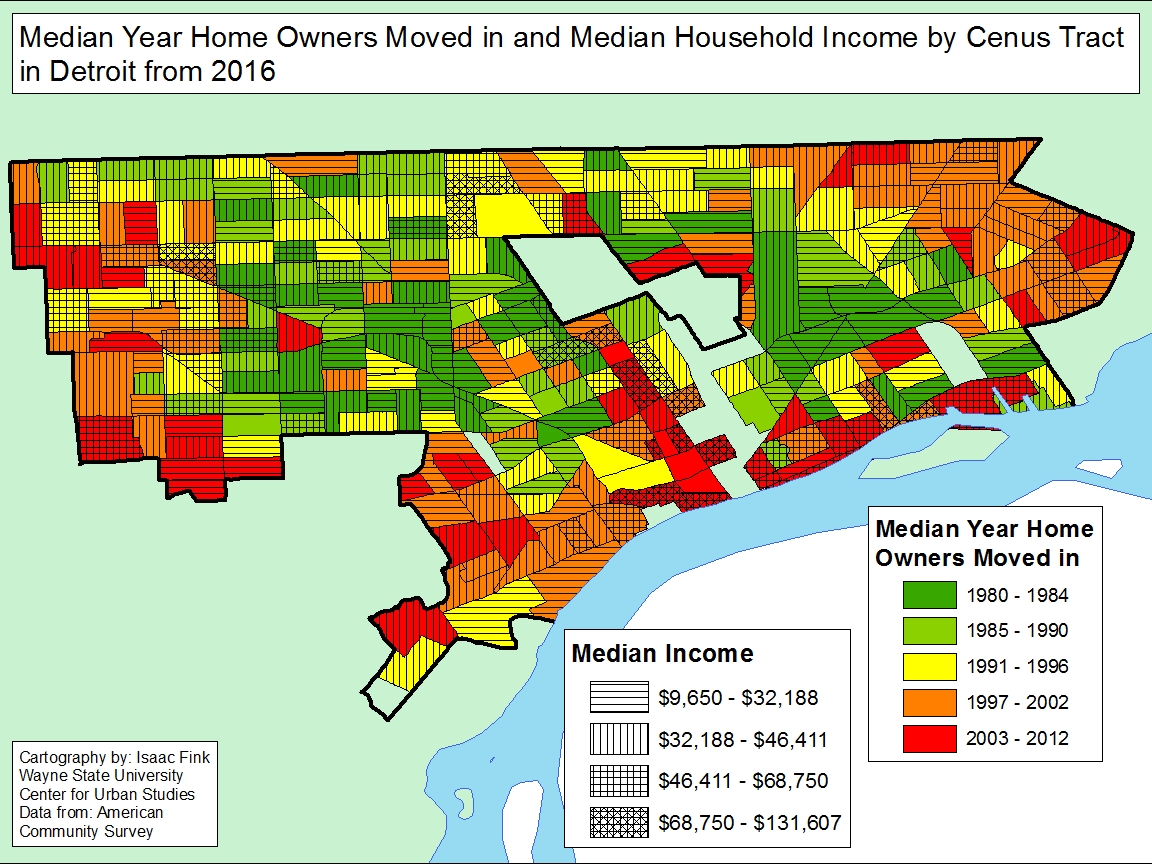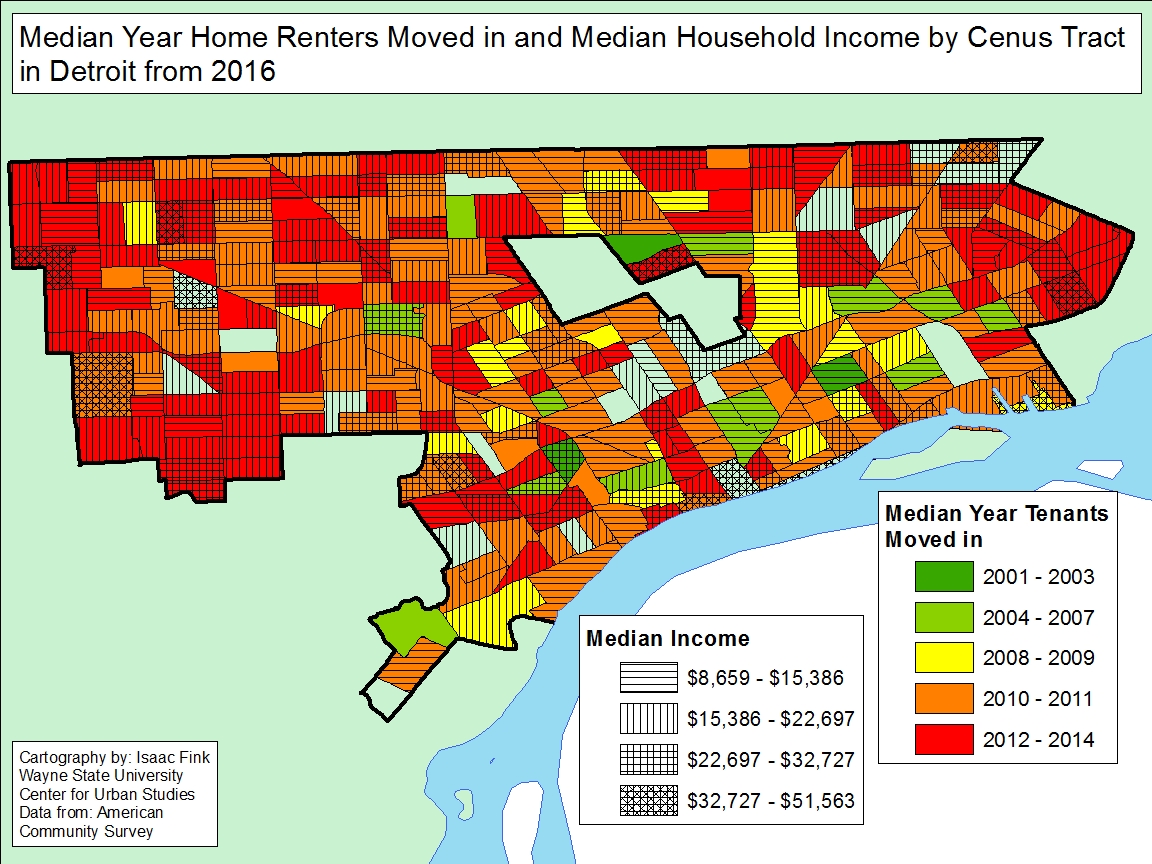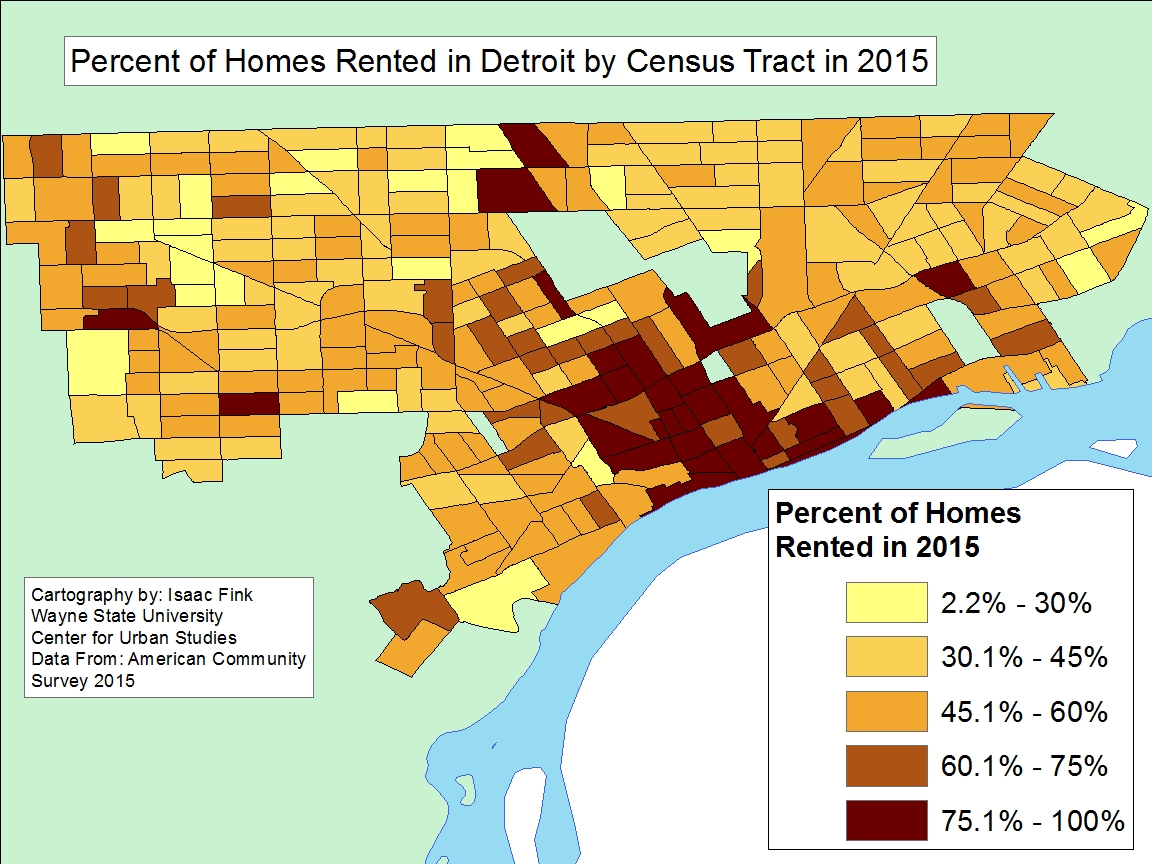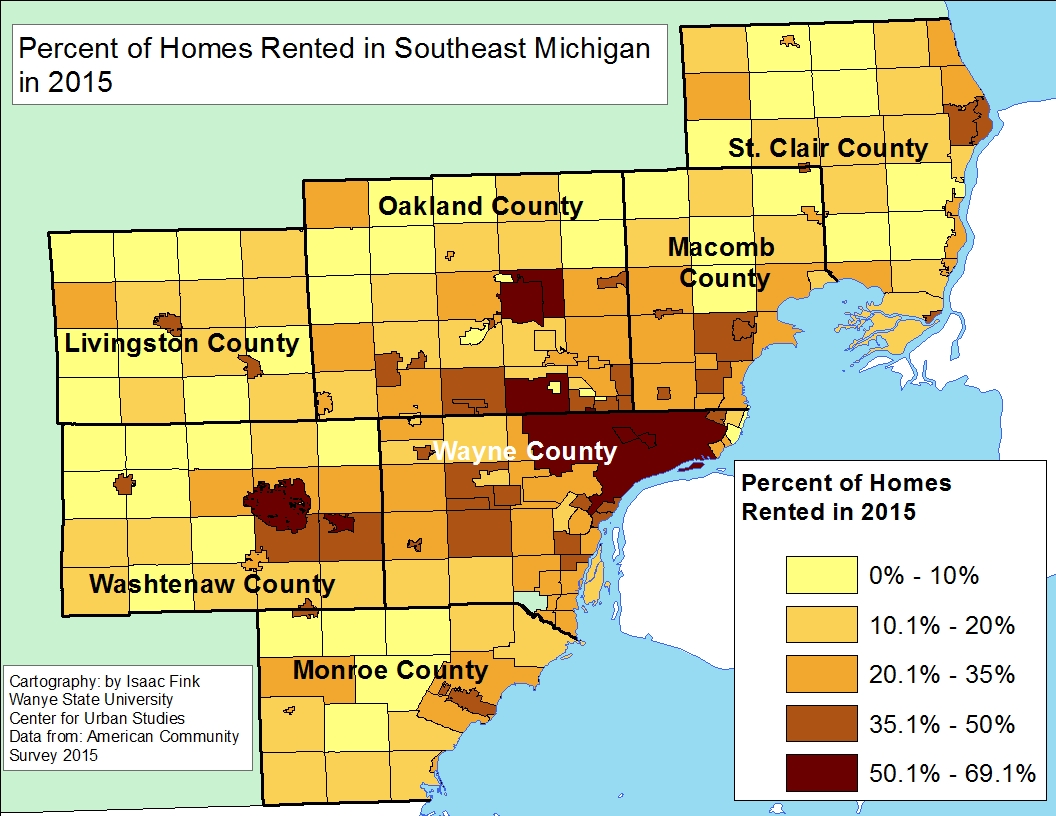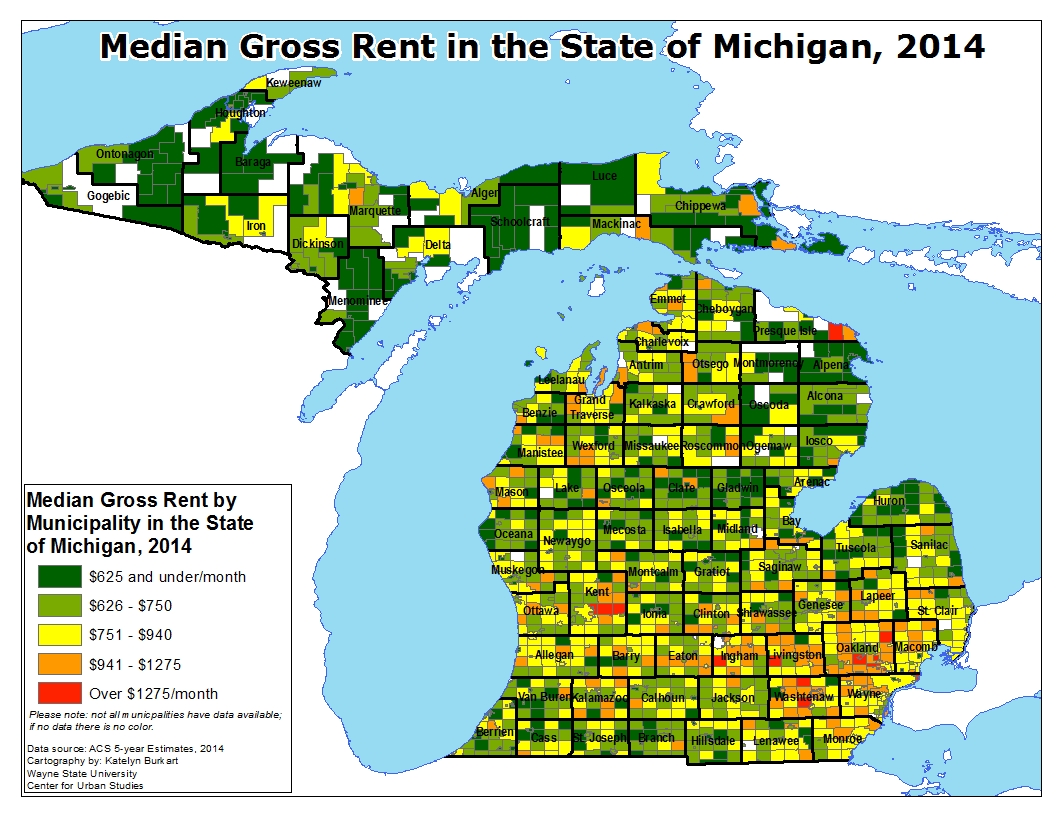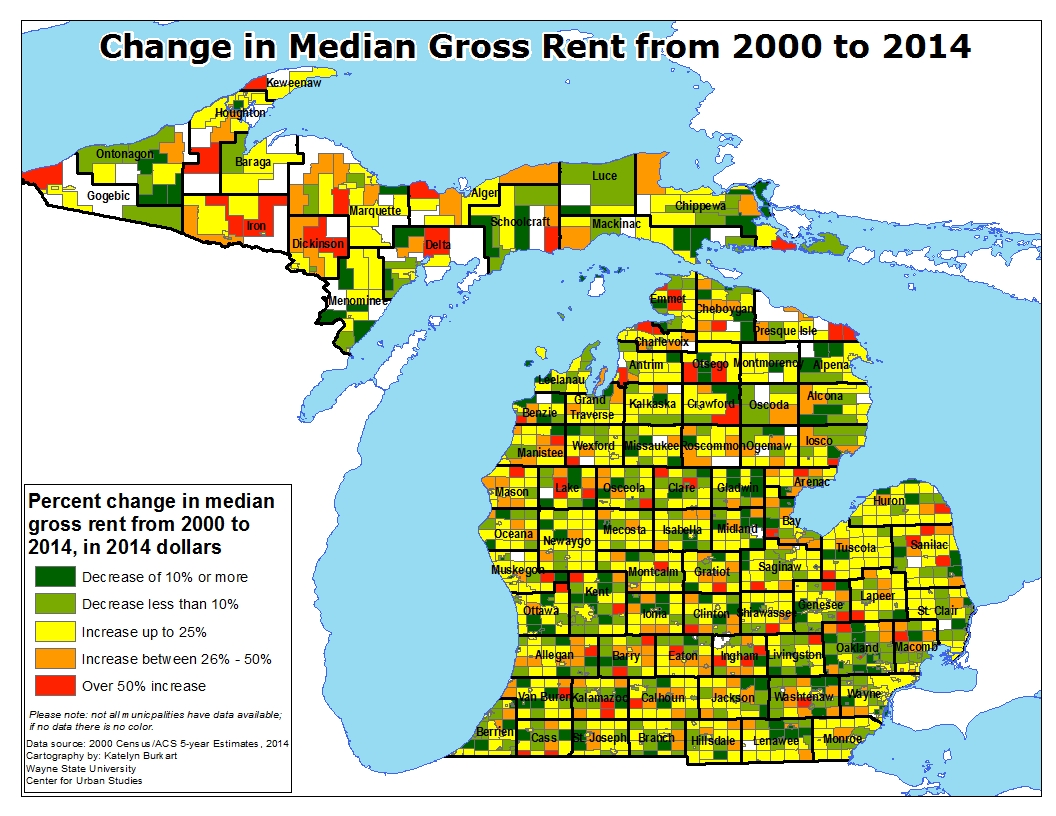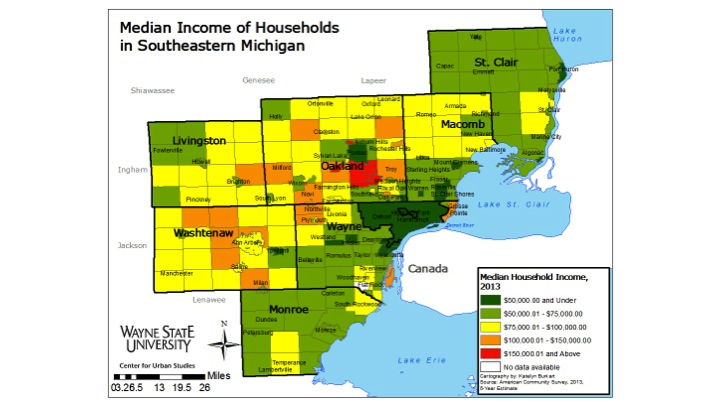The rental market in Southeastern Michigan is mirroring that of the home-buying market. With low supply and rising prices, being further driven up by high demand, many are finding it difficult to secure a rental home, especially one they can afford, according to various news sources.
According to Re/MAX of Southeastern Michigan, there are fewer rental units on the market than homes for sale. There were 2,480 single-family homes for rent from January through April, across 18 counties in central and southeastern Michigan, according to Realcomp. That number has decreased for two consecutive years, with 3,090 rental homes being available the same period in 2020, and 3,514 through the same period in 2019.
Below shows the percentage of vacant rental units available in 2019 by county in Southeastern Michigan, according to the American Community Survey. As shown, Oakland County had the highest percentage of vacant rental units at 23.8 percent, followed by Macomb County at 22.9 percent. St. Clair County had the lowest available rental stock at 7.3 percent. As mentioned above though, available rental stock across the region, and state, has decreased, increasing demand and making it more difficult and competitive for individuals to find rental units. According to Re/MAX, another factor driving low rental unit stock is that would-be homebuyers are remaining in rentals longer due to the low stock and high price of homes for sale.

According to a recent Detroit News article, rental prices have increased upwards of 20 percent in the last year. According to the 2019 American Community Survey, Washtenaw County had the highest median gross rent at $1,114, followed by Oakland County with a gross median rent of $1,040 and Livingston County with a gross median rent of $1,053. These were the only area counties with gross median rents above $1,000 but with rental prices increasing upwards of 20 percent throughout the region, others, such as Macomb County (2019 median rent of $962) will be above that threshold.
According to the Detroit News, which used ApartmentGuide.com as a source, the average rent for a one-bedroom apartment in Detroit rose from $1,332 to $1,516 between April 2020 and April 2021, and a two-bedroom apartment in Detroit rose from $1,764 to $2,319. In Farmington Hills, which is also in Wayne County, the average rent for a one-bedroom increased from $1,134 to $1,289 from April 2020 to April 2021, and a two-bedroom increased from $1,442 to $1,655. The City of Troy experienced the largest year-to-year change at 63.3 percent, according to the data, while Southfield experienced a 33 percent change and Rochester Hills experienced a 30 percent change. Ann Arbor, Grand Rapids, Lansing and Ypsilanti, all college towns, experienced decreases in average rental prices between 2020-2021, likely due to the decreased numbers of students needing housing because of the COVID-19 pandemic.

With increased rental unit pricing comes the concern of affordability. The average rule of thumb is that those who rent should spend about 30 percent of their income on their rental unit. In 2019, according to the American Community Survey, the average resident living in Wayne and Monroe counties was already living above that. According to the data, the average percentage of gross income spent on rent in Wayne County was 32 percent and in Monroe County it was 30.7 percent. Macomb, St. Clair and Washtenaw counties were all at the 30 percent threshold (29.3%, 29.7% and 29.8%, respectively). Oakland County had the lowest percentage of gross median income spent on rent at 26.8 percent.

Increasing rental prices, driven by lack of supply, will affect thousands of people throughout the region. According to the 2019 American Community Survey, in Wayne County, 38 percent of occupied housing units in the county were occupied by renters. In Washtenaw County that percentage was 39, but it likely decreased in 2020 and 2021 due to the lack of students on college campuses because of the pandemic. Livingston County had the lowest percentage of occupied housing units occupied by renters at 15; all other counties in the region had percentages above 20.

The low rental stock and increase of rental prices is now drawing even greater concern as the Centers for Disease Control and Prevention’s moratorium on some evictions is set to end June 30. According to Michigan’s 2-1-1 service, which is a United Way service that connects individuals with various agencies to provide assistance, 21,318 inquiries were made between March 5, 2020 and June 9, 2021 about rental assistance. Furthermore, according to the Census Bureau’s Pulse Survey, about 250,000 Michigan residents said they were behind on rent or mortgage payments as of April 26, 2021. In March of this year, Gov. Gretchen Whitmer approved allocating about $282 million in federal rental aid, $220 million of which is for emergency rental assistance. Michigan also received $660 million in rent aid from Congress in December of 2020, but how it can be allocated must be approved by the Michigan legislature. There may also be another round of funding of about $223 million to come to Michigan from the federal government, according to the Michigan State Housing Development Authority.
